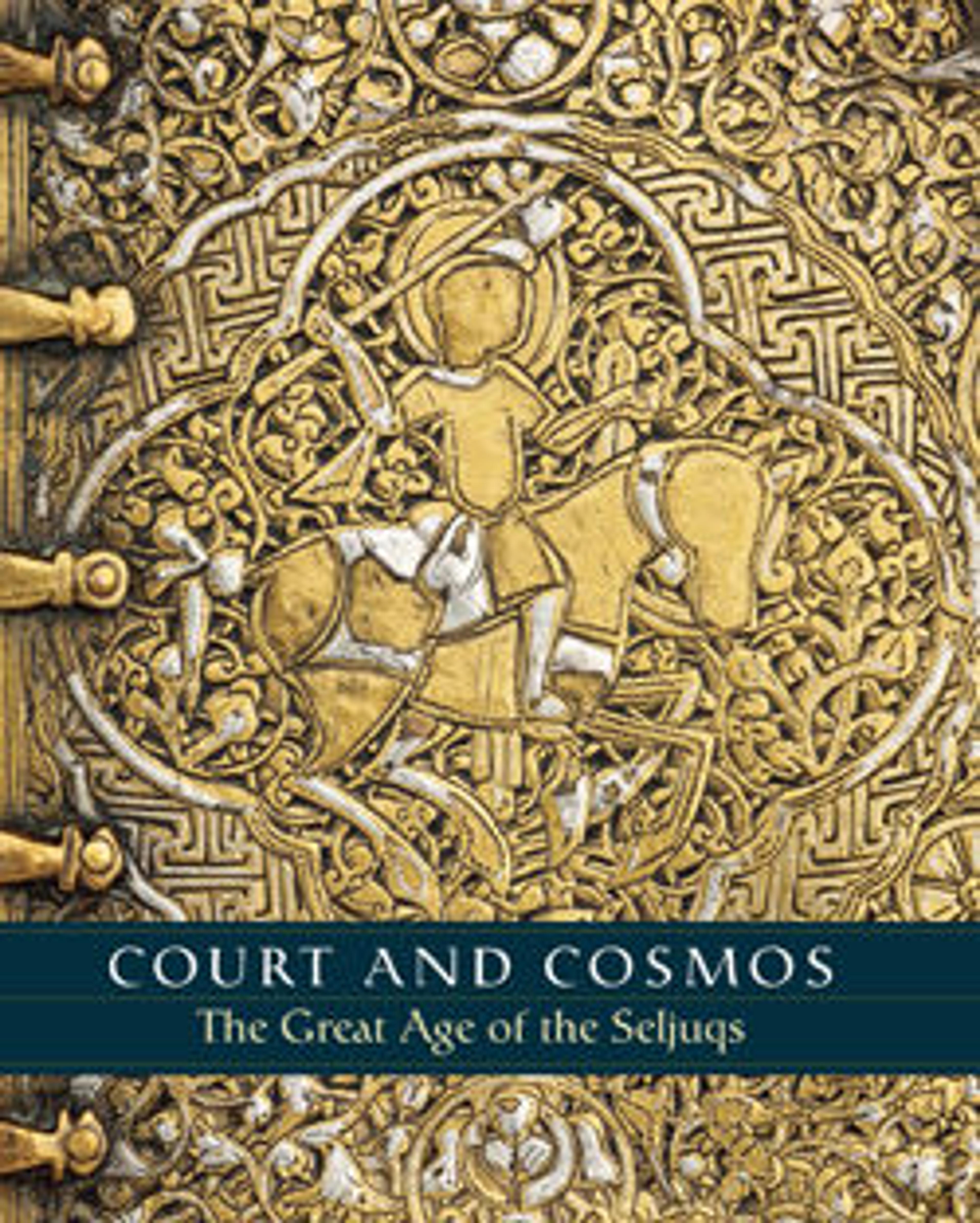Mirror with a Pair of Addorsed Sphinxes with Scorpion Tails
Polished-metal mirrors have existed since ancient times, from Egypt to Greece to China. The medieval Islamic period, specifically during the rise of the Seljuqs and other Turkish dynasties, witnessed the production of a large number of circular cast-bronze mirrors with a fully decorated reverse. Despite a relatively short phase of manufacture (twelfth to the thirteenth century), they enjoyed wide popularity within and beyond the Seljuq realm. The simple technique of sand-cast bronze would have enabled mass production for a broad market, as demonstrated by the large number of mirrors with similar motifs (specifically the type featuring a pair of sphinxes with scorpion tails). Beyond their practical function, they served as talismans, given their benedictory inscriptions and apotropaic motifs. Some are believed to have been used for divination or possess other magical powers.
Artwork Details
- Title: Mirror with a Pair of Addorsed Sphinxes with Scorpion Tails
- Date: 12th–13th century
- Geography: Made in Iran or Turkey
- Medium: Bronze; cast
- Dimensions: H. 7/16 in. (1.1 cm)
Diam. 4 1/8 in. (10.5 cm)
Wt. 8.8 oz. (249.5 g) - Classification: Metal
- Credit Line: Bequest of Mary Anna Palmer Draper, 1915
- Object Number: 15.43.285
- Curatorial Department: Islamic Art
More Artwork
Research Resources
The Met provides unparalleled resources for research and welcomes an international community of students and scholars. The Met's Open Access API is where creators and researchers can connect to the The Met collection. Open Access data and public domain images are available for unrestricted commercial and noncommercial use without permission or fee.
To request images under copyright and other restrictions, please use this Image Request form.
Feedback
We continue to research and examine historical and cultural context for objects in The Met collection. If you have comments or questions about this object record, please contact us using the form below. The Museum looks forward to receiving your comments.
